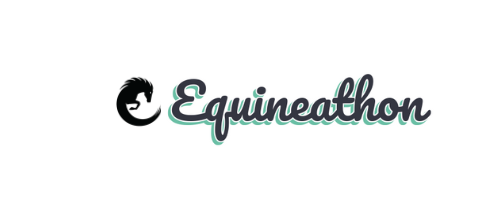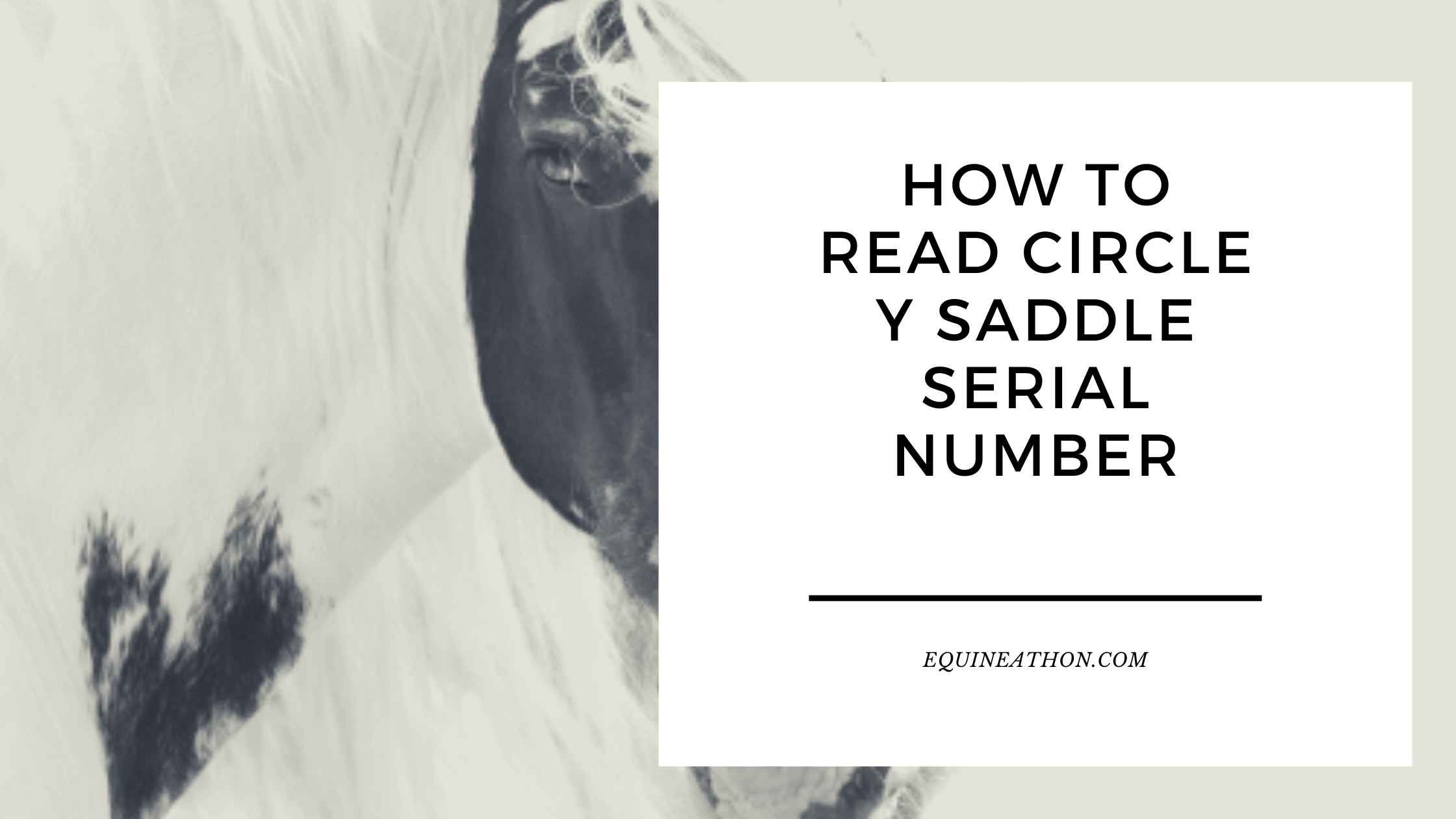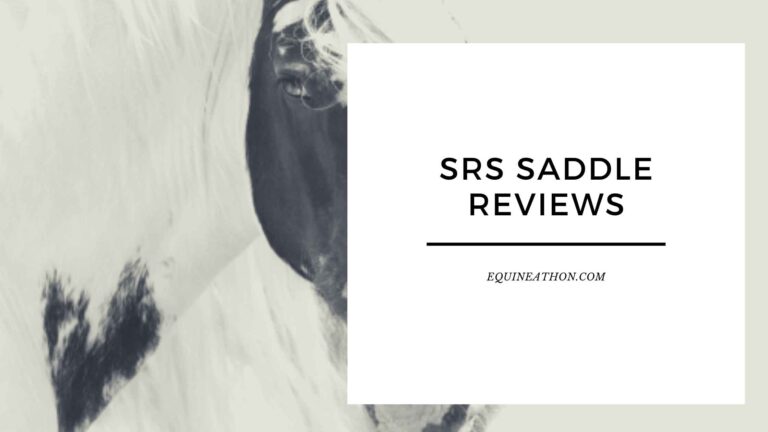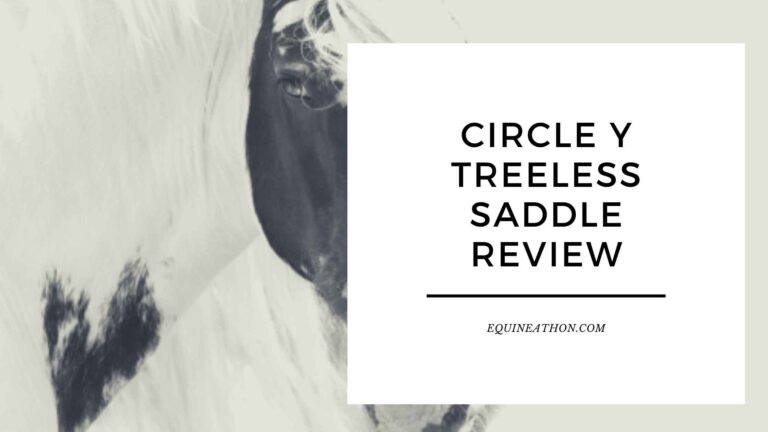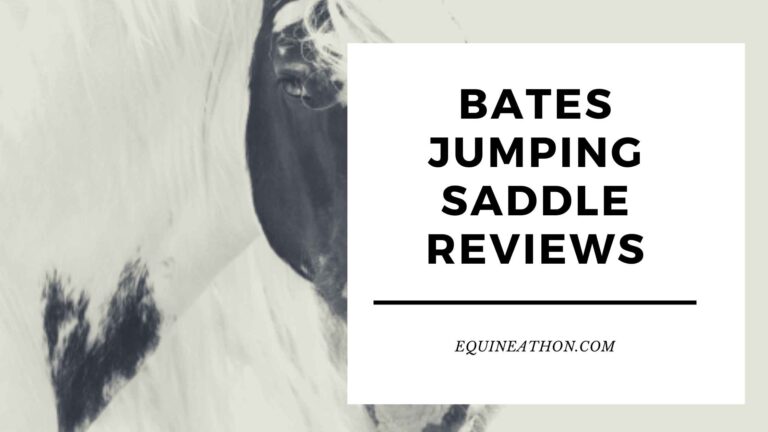How to Read Circle Y Saddle Serial Number
Upon walking into my barn today, I was once again struck by the craftsmanship of my Circle Y saddle. I’ve ridden countless trails with it, and its comfort and quality have never let me down. But like many other owners, I’ve often wondered about the cryptic serial number etched onto its underside. If you’re in the same boat, let’s embark on a journey together to decode the Circle Y saddle serial number.
The serial number on a Circle Y saddle is much more than a random sequence. It’s a coded representation of the saddle’s history and details. Unlocking its meaning can offer insights into the manufacture date, model, seat size, and more.
Understanding the Serial Number:
- Format: While Circle Y saddles might have slight variations in serial numbers depending on when they were produced, many follow the format XX-XXXX-YY-ZZZZ.Example: Let’s take the serial number 19-1234-70-5678 as an example.
- Date of Manufacture: The first two digits (XX) often represent the year of manufacture.Example: In our serial number 19-1234-70-5678, ’19’ suggests that the saddle was crafted in 2019.
- Model Number: The subsequent four digits (XXXX) stand for the saddle’s specific model number.Example: ‘1234’ in our given number indicates the model of the saddle.
- Seat Size & Tree Type: YY frequently denotes the seat size and tree type.Example: ’70’ could mean the saddle features a 17-inch seat with a regular tree.
- Serial Batch Number: The ending sequence, ZZZZ, is a unique serial batch number specific to that production run.Example: ‘5678’ from our serial number identifies its exact batch of production.
Why Should You Care?
- Verification: If you’re eyeing a used saddle, cross-checking the serial number can validate the seller’s claims. For instance, a seller might state it’s a 2020 model, but a ’19’ at the start of the serial number will tell you it’s from 2019.
- Warranty or Repairs: The serial number becomes invaluable if you need repairs or wish to claim warranty services. It’s the saddle’s identity card!
- Reselling: Down the road, if you decide to part with your saddle, knowing the serial number’s details can help set a competitive price.
A Personal Experience: A while ago, a fellow equestrian was considering a Circle Y saddle from a local online listing. The seller claimed it was a newer model, perfect for trail riding. Armed with the knowledge of serial numbers, my friend quickly identified that the saddle was, in fact, an older model designed more for arena work than trails. This insight saved both money and potential riding discomfort.
Wrapping Up: Your Circle Y saddle’s serial number is a small detail with significant implications. It connects you to the saddle’s past, offers insights into its design, and can play a pivotal role in purchase or resale decisions.
So, next time you give your saddle a clean or consider a new purchase, take a moment to understand that little number. It might just surprise you with the stories it holds.
ALSO SEE; Where to Get Used Circle Y Saddles
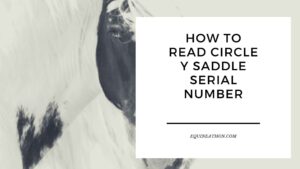
FAQs on Deciphering Circle Y Saddle Serial Numbers
- What is the importance of a Circle Y saddle serial number?
- It provides insights into the manufacture date, model, seat size, and other details of the saddle.
- Do all Circle Y saddles have a serial number?
- Yes, every Circle Y saddle comes with a unique serial number.
- Where can I find the serial number on my Circle Y saddle?
- Typically, the serial number is etched onto the underside of the saddle.
- What does the format XX-XXXX-YY-ZZZZ in the serial number represent?
- It often denotes the year of manufacture, model number, seat size & tree type, and the unique serial batch number.
- How can I determine the manufacture year of the saddle using the serial number?
- The first two digits (XX) generally represent the year of manufacture.
- If the first two digits of my serial number are ’21’, what year is my saddle from?
- Your saddle was crafted in 2021.
- What do the four digits after the year in the serial number indicate?
- They represent the specific model number of the saddle.
- Can the serial number help verify a seller’s claims when buying a used saddle?
- Yes, by decoding the serial number, you can validate details like the year of manufacture and model.
- Is the serial number useful for warranty claims or repairs?
- Absolutely. It serves as the saddle’s identity card for warranty or repair services.
- Does the serial number play a role in reselling the saddle?
- Yes, understanding the serial number can help set a competitive price and provide details to potential buyers.
- What do the two digits after the model number represent in the serial number?
- They often indicate the seat size and tree type of the saddle.
- Can two Circle Y saddles have the same serial number?
- No, the ending sequence (ZZZZ) ensures each saddle has a unique serial batch number.
- Why is the serial number crucial for reselling purposes?
- It provides specific details about the saddle which can be used to determine its market value and appeal to buyers.
- How does the serial number benefit in case of repairs?
- It helps the manufacturer or repair service identify the exact model and specifications of the saddle.
- Are serial numbers only unique to Circle Y saddles?
- No, many saddle manufacturers use serial numbers, but their decoding method may vary.
- Can I use the serial number to determine if a saddle is designed for trails or arena work?
- Indirectly, yes. By identifying the model from the serial number, you can research its intended use.
- If my saddle’s serial number starts with ’05’, is it from 2005?
- Most likely, yes. The ’05’ typically indicates the saddle was manufactured in 2005.
- Is it possible for the serial number to fade or become illegible?
- Over time and with extensive use, the serial number might wear off. It’s wise to note it down when the saddle is new.
- Can the serial number tell me about the material of the saddle?
- Directly, no. However, by identifying the model, you can research further to know about its material.
- How can I validate the tree type using the serial number?
- The YY digits in the serial number often denote the seat size and tree type.
- If a seller doesn’t provide the serial number, should I be wary?
- It’s always good to ask for the serial number. It offers clarity and verifies the seller’s claims.
- Can I determine the price of a new saddle using the serial number?
- Not directly. However, identifying the model can give you a starting point for price research.
- What if my Circle Y saddle doesn’t follow the XX-XXXX-YY-ZZZZ format?
- Some older models or variations might have different formats. It’s best to consult Circle Y directly or refer to their resources.
- Why is the serial batch number important?
- It ensures that each saddle produced in a specific batch can be individually identified.
- How does understanding the serial number save money when buying used saddles?
- By verifying the saddle’s details, you can avoid overpaying for older models or ones not suited for your intended use.
- Do I need specialized knowledge to decode the serial number?
- Not necessarily. Using the general format and the information in this article, most individuals can understand their saddle’s serial number.
- Is the serial number etched into all parts of the saddle?
- No, it’s typically found on the underside of the saddle.
- How does the serial number relate to saddle fit?
- By identifying the seat size and tree type, you can determine if the saddle is a potential fit for you and your horse.
- If the serial number is worn off, is there another way to identify my saddle’s details?
- It can be challenging. However, consulting with Circle Y directly or using other distinguishing features might help.
- Can I get a saddle re-serialized if the original number is no longer visible?
- Typically, manufacturers don’t re-serialize saddles, but you can reach out to Circle Y for guidance.
- Does the serial number indicate the country of manufacture?
- No, the serial number doesn’t specify the country, but Circle Y saddles are primarily made in the USA.
- Are Circle Y saddle serial numbers documented in a database?
- Circle Y likely maintains records, but public access to such databases might be limited.
- Can the serial number tell me about the previous owners of the saddle?
- No, it only provides information about the saddle’s specifications and manufacture details.
- Is there a way to know how many times a saddle model was produced using the serial number?
- The unique batch number can give a sequence, but for exact production counts, consulting Circle Y would be more accurate.
- Do Circle Y saddles come with a certificate mentioning the serial number?
- Not always. However, some premium models might include documentation.
- Why doesn’t Circle Y just write the details instead of coding them in a serial number?
- Serial numbers are a compact way to represent a lot of information. It’s also a standard practice in many industries.
- Can a saddle’s history, like where it has been used or if it was in competitions, be determined by the serial number?
- No, the serial number doesn’t provide such historical usage details.
- Does the serial number provide information on the saddle’s color or design pattern?
- No, it primarily gives details about the model, manufacture date, and other specifications.
- Can I determine the saddle’s original price using its serial number?
- No, the serial number doesn’t indicate price. However, identifying the model can help you research its original price.
- Is it common for people to decode their saddle’s serial number?
- While not everyone does, many equestrians find value in understanding their saddle’s details, especially when buying used or selling.
